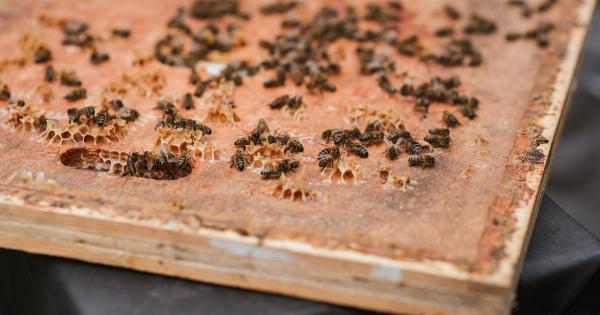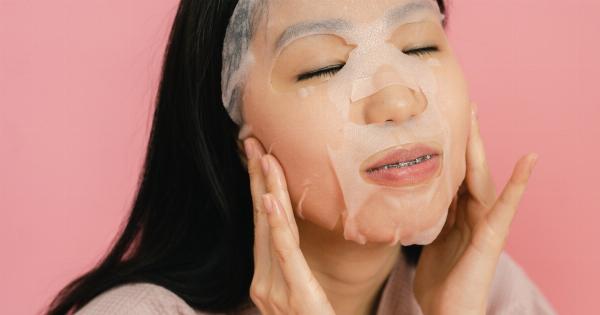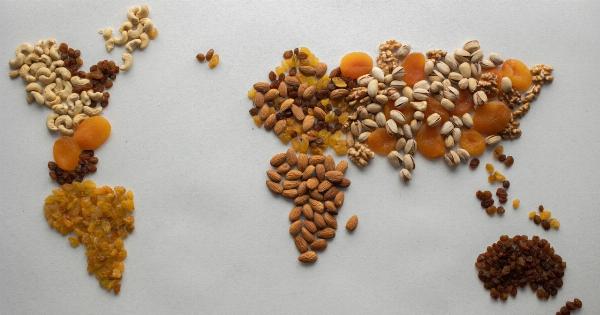Rice is a staple food in many countries around the world. It is a source of carbohydrates and provides the necessary energy for our daily activities. However, not all rice is created equal.
In the Philippines, there is a special type of rice that can save lives – the golden rice.
What is Golden Rice?
Golden rice is a genetically modified variety of rice that contains beta-carotene – a precursor of vitamin A. Vitamin A deficiency is a serious health problem in developing countries, particularly in Southeast Asia and Africa.
According to the World Health Organization, vitamin A deficiency claims the lives of more than 670,000 children under the age of five each year. Moreover, it causes blindness in hundreds of thousands of people.
Golden rice was developed in the 1990s by a team of scientists from Switzerland, Germany, and the United States. Their goal was to create a rice variety that could provide vitamin A to people who rely on rice as their main source of food.
The scientists used genetic engineering techniques to insert two genes into the rice genome – one from a daffodil and one from a bacterium. These genes enable the rice to produce beta-carotene in its grains, which gives it a golden color.
Golden Rice and Vitamin A Deficiency
Vitamin A is essential for the proper functioning of the immune system, the growth and development of bones, and the maintenance of healthy skin and eyesight.
Inadequate intake of vitamin A can lead to serious health problems, particularly in children and pregnant women. Vitamin A deficiency weakens the immune system, which makes children more vulnerable to infections such as measles and diarrhea. It also leads to night blindness and eventually to total blindness.
In many developing countries, people consume rice as their main source of food. However, ordinary rice does not contain significant amounts of vitamin A.
As a result, people who rely on rice as their main source of food are at risk of vitamin A deficiency. Golden rice provides a solution to this problem. By consuming golden rice, people can get the necessary amount of vitamin A to prevent or alleviate vitamin A deficiency.
The Adoption of Golden Rice
Despite the potential benefits of golden rice, its adoption has been slow and controversial.
One of the main reasons for this is the opposition of anti-GMO (genetically modified organism) activists, who claim that golden rice is unsafe, untested, and unnecessary.
However, these claims are not supported by scientific evidence. Golden rice has undergone extensive safety tests and has been found to be as safe as ordinary rice.
Moreover, golden rice has been tested in field trials and has been found to be effective in providing vitamin A to people who consume it. According to a review published in the American Journal of Clinical Nutrition, golden rice can provide up to 50% of the recommended daily intake of vitamin A.
Another reason for the slow adoption of golden rice is the lack of regulatory approval and public acceptance. Golden rice has been caught up in a web of regulatory hurdles and bureaucratic delays.
Regulatory authorities in many countries require extensive testing and documentation before they approve the cultivation, distribution, and consumption of genetically modified crops. Moreover, the public perception of genetically modified crops is often negative and skeptical.
The Impact of Golden Rice
Despite the challenges facing golden rice, there is no doubt that it has the potential to save lives and improve the health and wellbeing of millions of people.
According to a study published in the British Journal of Nutrition, golden rice could prevent up to 2 million cases of vitamin A deficiency and save 50,000 lives per year. Moreover, golden rice has the potential to increase the income and reduce the poverty of rice farmers, who are often among the most vulnerable and marginalized members of society.
Golden rice is not a panacea for all the problems of nutrition and health in developing countries. However, it is a valuable tool in the fight against vitamin A deficiency and its devastating effects.
Golden rice is not a luxury or a novelty – it is a necessity for millions of people who depend on rice for their survival. By supporting golden rice, we can help to save lives and improve the health and wellbeing of people who are among the most vulnerable and disadvantaged members of our global community.
The Future of Golden Rice
The future of golden rice depends on a variety of factors, including regulatory approval, public acceptance, and funding.
The approval of golden rice by regulatory authorities in key countries such as India and China would be a major milestone in the adoption of this innovative and life-saving crop. Moreover, the engagement and support of the public, particularly in developing countries, are crucial for the success of golden rice.
Funding is also an important factor in the development and dissemination of golden rice.
The development of golden rice has been funded primarily by public and philanthropic sources, such as the Rockefeller Foundation and the Bill and Melinda Gates Foundation. However, commercialization and distribution of golden rice will require the involvement of private sector companies and investors.
In conclusion, golden rice is a symbol of hope and innovation in the fight against malnutrition and its devastating effects. It is a crop that saves lives and improves the health and well-being of millions of people.
By supporting golden rice, we can contribute to a healthier, more prosperous, and more equitable world.































